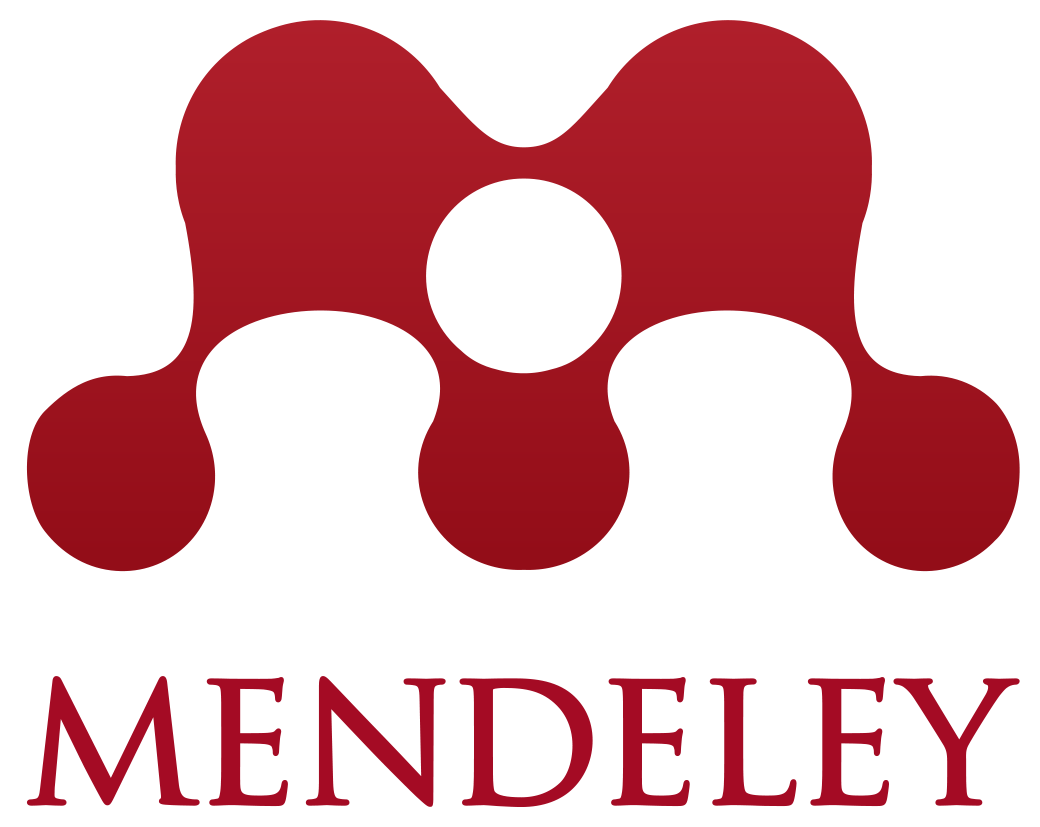PEMBERDAYAAN KELUARGA DALAM MENCEGAH KEGAWAT DARURATAN STROKE DENGAN DETEKSI METODE FACE, ARMS, SPEECH, TIME (FAST) TERHADAP PENGETAHUAN DAN SIKAP
Abstract
ABSTRACT
Stroke emergencies need to be detected by families to reduce disability and death, so families need to be empowered in caring for stroke patients. Efforts are made to meet the knowledge, attitudes. This study aims to determine the effect of family empowerment as a caregiver in detecting stroke emergencies using the face, arms, speech, time (FAST) method. The design of this study used a quasi-experimental design with one group pretest-posttest. Respondents were taken by consecutive sampling as many as 30 families as caregivers in the Bengkuring Health Center area, Samarinda City. Data were collected using the instrument sheet and knowledge questionnaire, attitude. Data analysis used the Wilcoxon test and the dependent t-test. The results showed that there was a difference before and after the knowledge score (p = 0.000), attitude score (p = 0.000). The instruments used to measure differences in this study are standard, valid and reliable. Empowerment of families as caregivers in the detection of stroke emergencies with the detection of the face, arms, speech, time (FAST) method has been shown to affect increasing knowledge and positive attitudes towards families as caregivers for stroke patients. Family understanding in detecting stroke emergencies is a nursing intervention to increase knowledge, positive attitudes in families who care for stroke patients.
ABSTRAK
Kegawat daruratan stroke perlu dideteksi oleh keluarga untuk mengurangi kecacatan dan kematian, sehingga kelurga perlu diberdayakan dalam merawat pasien stroke. Upaya yang dilakukan untuk memenuhi pengetahuan, sikap. Penelitian bertujuan untuk mengetahui pengaruh pemberdayaan keluarga sebagai caregiver dalam deteksi kegawat daruratan stroke dengan metode face, arms, speech, time (FAST). Desain penelitian ini menggunakan quasi ekspriment dengan rancangan one group pretest postest. Responden diambil secara consecutive sampling sebanyak 30 keluarga sebagai caregiver di di Wilayah Puskesmas Bengkuring Kota Samarinda. Data dikumpulkan dengan lembar instrumen dan kuesioner pengetahuan, sikap Analisis data menggunakan uji wilcoxcon test dan dependent t-test. Hasil penelitian menunjukkan bahwa ada perbedaan sebelum dan sesudah pada skor pengetahuan (p = 0,000), skor sikap (p = 0,000). Instrumen yang digunakan untuk mengukur perbedaan pada penelitian ini baku, valid dan realible. Pemberdayaan keluarga sebagai caregiver dalam deteksi kegawat daruratan stroke dengan deteksi metode face, arms, speech, time (FAST) terbukti memiliki efek pada peningkatan pengetahuan, sikap postif pada keluarga sebagai caregiver pada pasien stroke. Pemahaman keluarga dalam mendeteksi kegawat daruratan stroke ini merupakan intervensi keperawatan untuk meningkatkan pengetahuan, sikap positif pada keluarga yang merawat pasien stroke.
Downloads
Copyright (c) 2021 Frana Andrianur, Ismansyah Ismansyah

This work is licensed under a Creative Commons Attribution-ShareAlike 4.0 International License.
Please find the rights and licenses in Mahakam Nursing Journal. By submitting the article/manuscript of the article, the author(s) agree with this policy. No specific document sign-off is required.
- License
The non-commercial use of the article will be governed by the Creative Commons Attribution license as currently displayed on Creative Commons Attribution-NonCommercial-ShareAlike 4.0 International License.
- Author(s)' Warranties
The author warrants that the article is original, written by stated author(s), has not been published before, contains no unlawful statements, does not infringe the rights of others, is subject to copyright that is vested exclusively in the author and free of any third party rights, and that any necessary written permissions to quote from other sources have been obtained by the author(s).
- User Rights
Mahakam Nursing Journal's spirit is to disseminate articles published are as free as possible. Under the Creative Commons license, Mahakam Nursing Journal (MNJ) permits users to copy, distribute, display, and perform the work for non-commercial purposes only. Users will also need to attribute authors and Mahakam Nursing Journal (MNJ) on distributing works in the journal and other media of publications.
- Rights of Authors
Authors retain all their rights to the published works, such as (but not limited to) the following rights;
- Copyright and other proprietary rights relating to the article, such as patent rights,
- The right to use the substance of the article in own future works, including lectures and books,
- The right to reproduce the article for own purposes,
- The right to self-archive the article,
- The right to enter into separate, additional contractual arrangements for the non-exclusive distribution of the article's published version (e.g., post it to an institutional repository or publish it in a book), with an acknowledgment of its initial publication in this journal (Mahakam Nursing Journal (MNJ)).
- Co-Authorship
If the article was jointly prepared by more than one author, any authors submitting the manuscript warrants that he/she has been authorized by all co-authors to be agreed on this copyright and license notice (agreement) on their behalf, and agrees to inform his/her co-authors of the terms of this policy. Mahakam Nursing Journal (MNJ) will not be held liable for anything that may arise due to the author(s) internal dispute. Mahakam Nursing Journal (MNJ) will only communicate with the corresponding author.
- Royalties
Being an open accessed journal and disseminating articles for free under the Creative Commons license term mentioned, author(s) aware that Mahakam Nursing Journal (MNJ) entitles the author(s) to no royalties or other fees.
- Miscellaneous
Mahakam Nursing Journal (MNJ) will publish the article (or have it published) in the journal if the article’s editorial process is successfully completed. Our Editors may modify the article to a style of punctuation, spelling, capitalization, referencing and usage that deems appropriate. The author acknowledges that the article may be published so that it will be publicly accessible and such access will be free of charge for the readers as mentioned in point 3.












